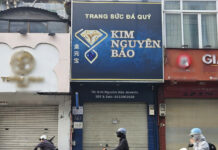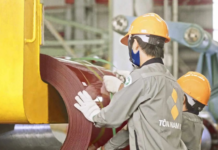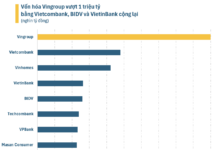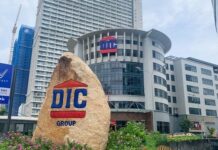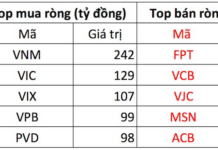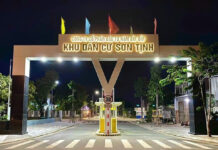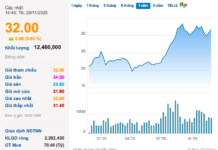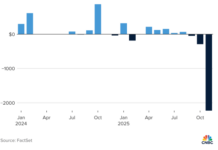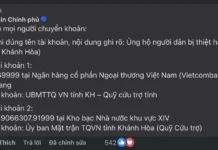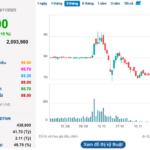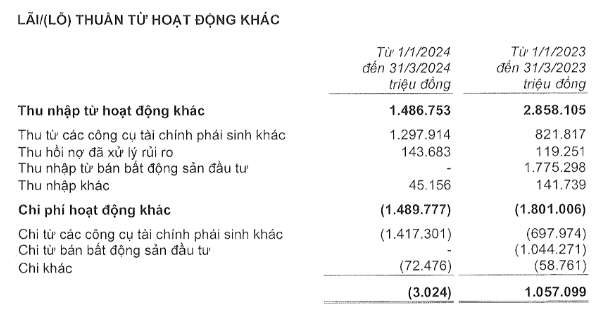Resuscitating Vietnam’s Biofuel Industry: A Push for Sustainable Energy
One of the critical factors in introducing E10 gasoline is the domestic production capacity of pure ethanol (E100). According to the Ministry of Industry and Trade, Vietnam currently has six bioethanol fuel production facilities: Tung Lam Alcohol Plant (Dong Nai), Dai Tan Alcohol Plant (Quang Nam), Ethanol Dung Quat (Quang Ngai), Ethanol Binh Phuoc, Ethanol Dai Viet, and Ethanol Dak To. Unfortunately, the Ethanol Phu Tho plant has ceased operations.
These projects were once considered the backbone of Vietnam’s green energy strategy during the implementation of E5 gasoline. However, when E5 failed to gain traction in the market, these projects shared a similar fate. As of now, only two facilities are struggling to maintain operations: Tung Lam Ethanol (Dong Nai) and Dai Tan Ethanol (Quang Nam). Most of the projects remain unfinished or stalled, turning into prolonged financial burdens.
A notable example is the Dung Quat Ethanol plant, with a capacity of 100,000 cubic meters, owned by the Central Petroleum Biofuel Joint Stock Company (a joint venture between BSR, PV-Service, and PV-Finance). This project consumed more than VND 2,200 billion but has been operating at a loss for years, eventually halting production. The Dung Quat Ethanol project has been dormant for years, with rusted equipment and overgrown vegetation.
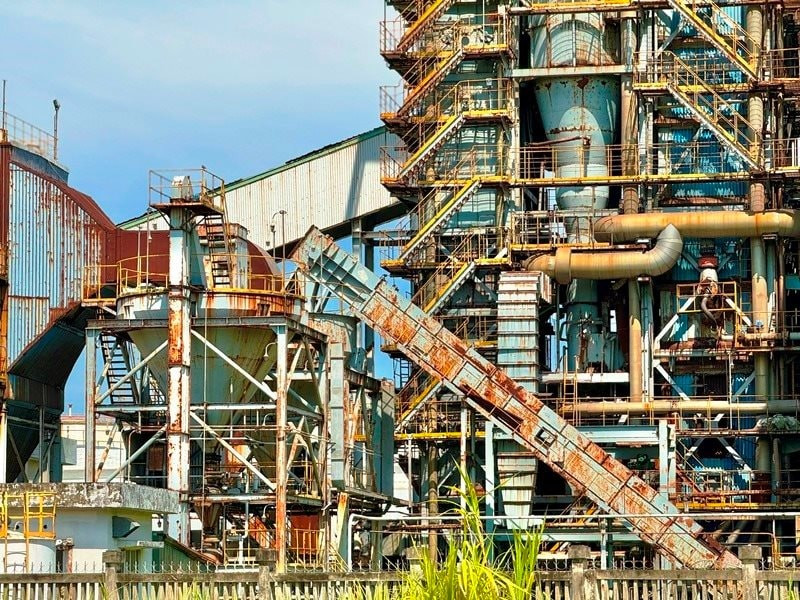
Despite the investment of thousands of billions of dong, the project has been dormant for years. Photo: Minh Quan.
The situation at the Binh Phuoc Ethanol plant is even more dire. This project, with an investment of 84 million USD and a capacity of 100 million liters per year, quickly deteriorated as the E5 gasoline market froze, and the price of cassava raw materials increased, making domestic ethanol uncompetitive.
By the end of 2018, the Binh Phuoc Ethanol plant had incurred losses of approximately VND 1,280 billion, and the investor, Dong Phuong Biofuel Joint Stock Company, had lost its entire ownership capital of about VND 660 billion. According to the State Audit Office of Vietnam, in 2020, Dong Phuong Biofuel Joint Stock Company was unable to repay principal and interest on loans totaling more than VND 1,600 billion. The prospects for the revival of Binh Phuoc Ethanol are now slim.
The Phu Tho Ethanol project met a similar fate, with operations ceasing, and the site resembling a scrapyard, overgrown with vegetation. Several key leaders of the project were even prosecuted for violations related to investment in construction.
In the case of Dak To Ethanol, Mr. Nguyen Duy Linh, Deputy Director of Quang Ngai Agricultural Products and Foodstuffs Joint Stock Company, shared that they initially intended to produce alcohol for blending with E5 gasoline. However, before investing, the company reassessed the high-risk nature of the venture and decided to shift their focus to producing food-grade alcohol. Since its operation, the plant has been manufacturing food-grade alcohol instead of fuel-grade alcohol.
Ministry of Industry and Trade’s Confidence in the E10 Roadmap
According to the Ministry of Industry and Trade, if all six existing ethanol plants operate at full capacity, they can produce approximately 600,000 cubic meters of E100 per year, meeting 40% of the E10 blending demand (approximately 1.5 million cubic meters of ethanol per year for a total consumption of 15 million cubic meters of gasoline). The remaining demand will be met through imports from the US and Brazil, the two ethanol powerhouses offering competitive prices.
Meanwhile, the two major suppliers, accounting for 70% of the country’s total gasoline and oil demand, are Binh Son Refining and Petrochemical Company (BSR) and Nghi Son Refinery and Petrochemical LLC. The Ministry of Industry and Trade noted that BSR’s current infrastructure is not suitable for E10 blending due to the requirement for internal floating roof tanks. BSR’s existing tanks are of the floating roof type, so to produce E10 gasoline, they need to invest in upgrading their blending system.
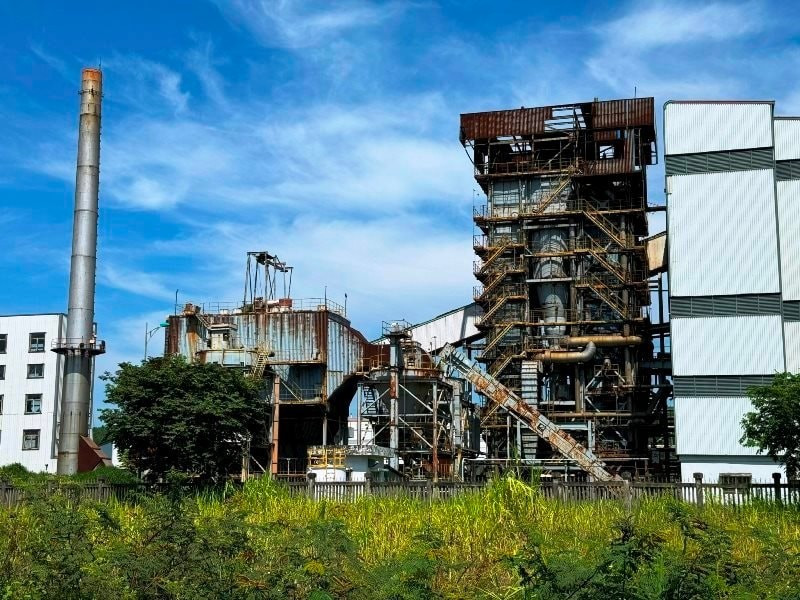
Despite the stagnant state of the ethanol plants, the Ministry of Industry and Trade remains optimistic about their full-capacity operation upon restarting.
Regarding E10 gasoline, BSR has completed the feasibility study report for the project to upgrade its blending and storage system. Once a specific roadmap and market demand are established, BSR is ready to implement the project with an expected EPC implementation period of 9-12 months. The Nghi Son Refinery and Petrochemical LLC, on the other hand, has no plans to produce biofuel as of now.
In terms of blending and distribution capabilities, the Ministry of Industry and Trade affirmed that major players like Petrolimex and PVOIL possess capacities that exceed the country’s needs. Considering production, import, and blending capabilities, Vietnam is well-equipped to mandate the use of E10 gasoline from January 1, 2026.
Speaking to Tien Phong , an energy expert acknowledged that the shift to E10 is a necessary step towards green energy transition. However, to ensure the sustainable development of the ethanol industry, a clear, feasible, and attractive roadmap is essential, along with a sufficient supply of raw materials, encouragement of new technologies to reduce import dependence, and transparent pricing and taxation policies. The expert cautioned that the gap between E10 and RON95 prices must be significant enough to attract consumers.
The director of an ethanol project shared, “What businesses care about the most is a functioning E10 market that follows a clear roadmap and is accepted by consumers. This will give businesses the confidence to invest in expansion.”








